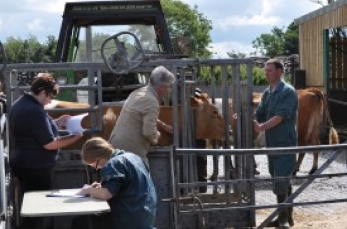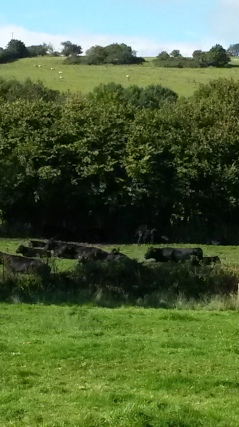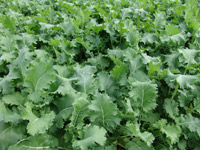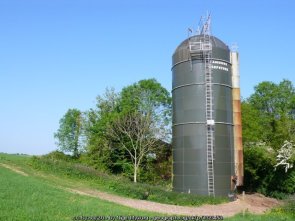
Almost 270,000 cows have been culled in the last eight years. Click on the image for more information
I went for a walk today and met some neighbours en route. “Are you doing the circuit? Because they’ve been moving the cows and they are all gathered around the gate into the wood. SUCH a nuisance! I really don’t like walking through them. I don’t know why they’ve put them there.”
I knew.
It means that testing for bovine TB has come around again. The inconvenience of walking through a herd of cows pales into insignificance compared with the business of carrying out the testing. It takes the best part of a day or two and happens many times a year….for we are in a bovine TB hotspot.
I haven’t yet written about bovine TB because the whole thing does, I admit, make me very angry. I have read the opinion that it does not matter if cows are sacrificed because they are going to die anyway. But the productive lifespan of a dairy cow can easily be 14 years. And although cows may look the same to us laymen and women, the farmer knows them all as individuals.
Many dairymen are reluctant to let a relief farmhand do even a single milking because each and every cow is individually inspected when she comes in to be milked. The dairyman feeds each according to her needs (which can vary considerably) and notices if she is offcolour – a possible precursor to mastitis. With the profit margins so tight even the smallest delay in picking up a problem can make the difference between profit and loss.
It has often been joked around Cerne Abbas over Christmas that everyone else knows your business before you do. But there is a perplexing gap when it comes to the farmers amongst us (who are VERY few these days.) I was asked to start this blog in order that that gap may begin to be bridged. These people are growing our food on our behalf. I for one am deeply grateful that if it is wet and horrible I can stay in. Those who grow our food do not have that choice.
The least we can do is be informed about the issues which affect them on a daily basis. This link takes you to the UK government’s policy on bovine TB from 2010 to 2015. This link takes you to a list of current government policies and reports on the subject.
This link takes you to an interactive map which enables you to see for yourself where TB outbreaks are. They are very patchy. But you can easily see how big the problem is in the southwest – thousands of cases as opposed to tens (or fewer) everywhere else.

 Every year in the UK one hears stories about the RSPCA or police being called by a concerned member of the public because’there are cows standing in a muddy field with no grass’.
Every year in the UK one hears stories about the RSPCA or police being called by a concerned member of the public because’there are cows standing in a muddy field with no grass’. However, the alternative ‘fresh’ food is provided by brassica crops which are sown as part of the crop rotation. There are a variety of these, and you can learn more about them in
However, the alternative ‘fresh’ food is provided by brassica crops which are sown as part of the crop rotation. There are a variety of these, and you can learn more about them in  ious.
ious.


